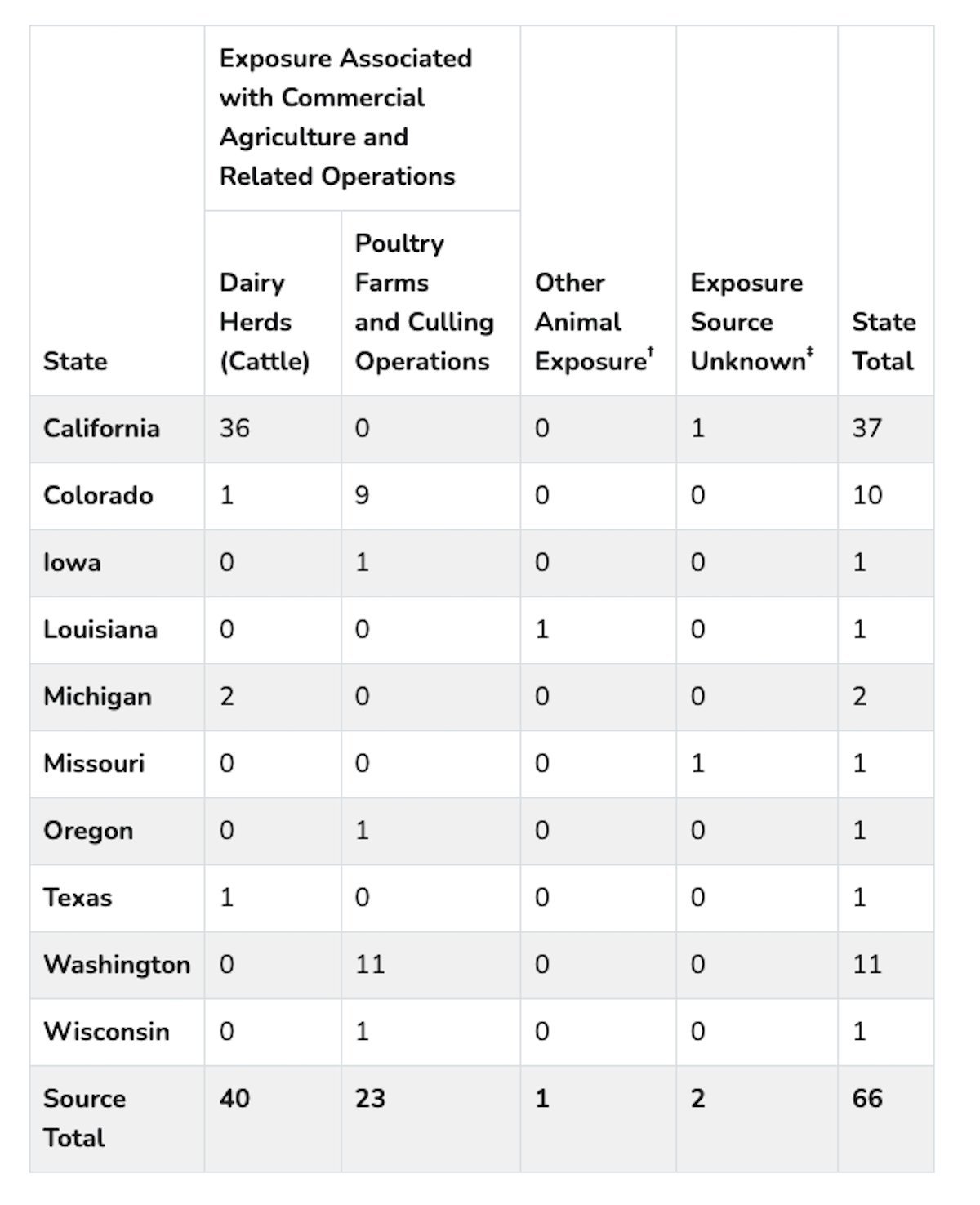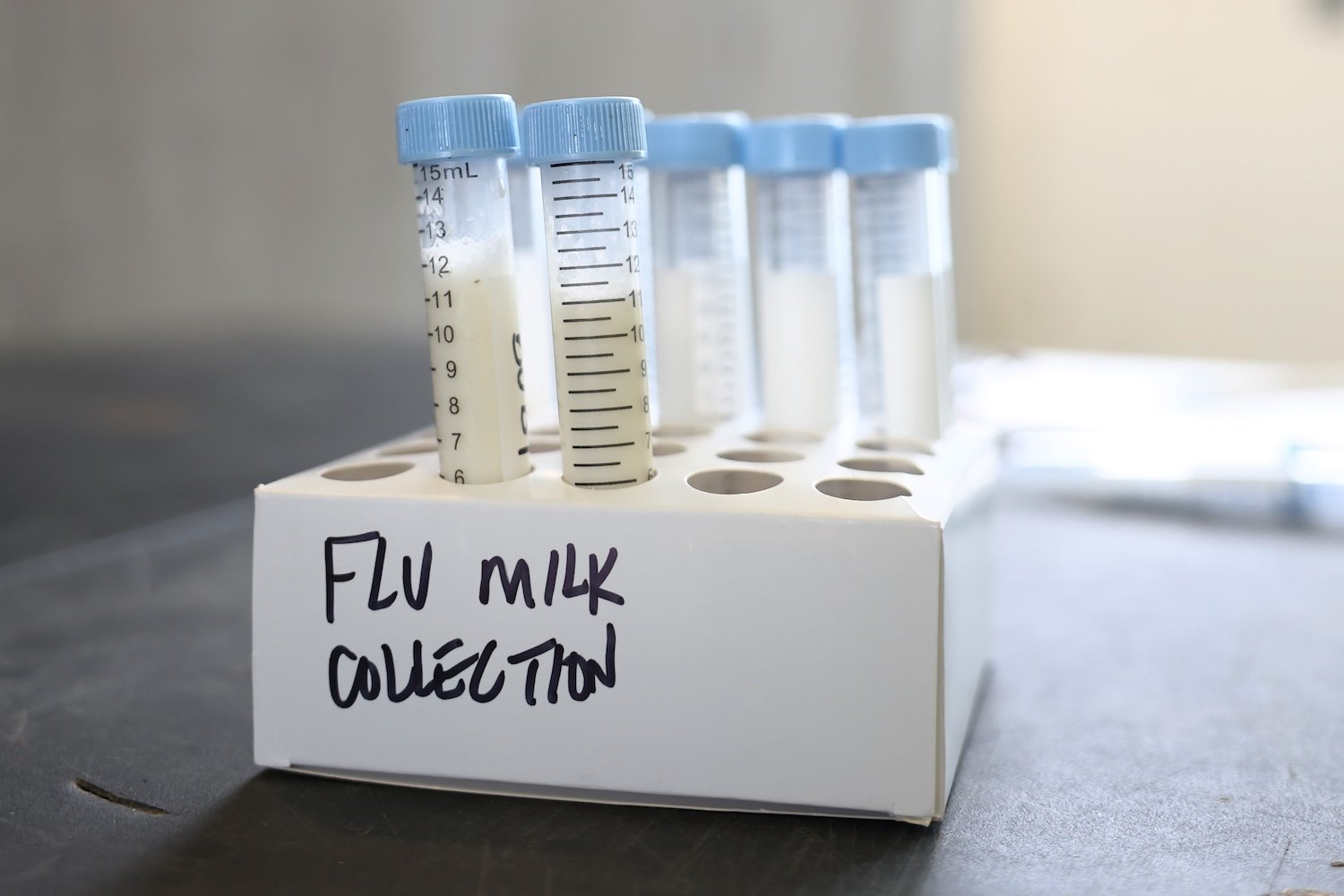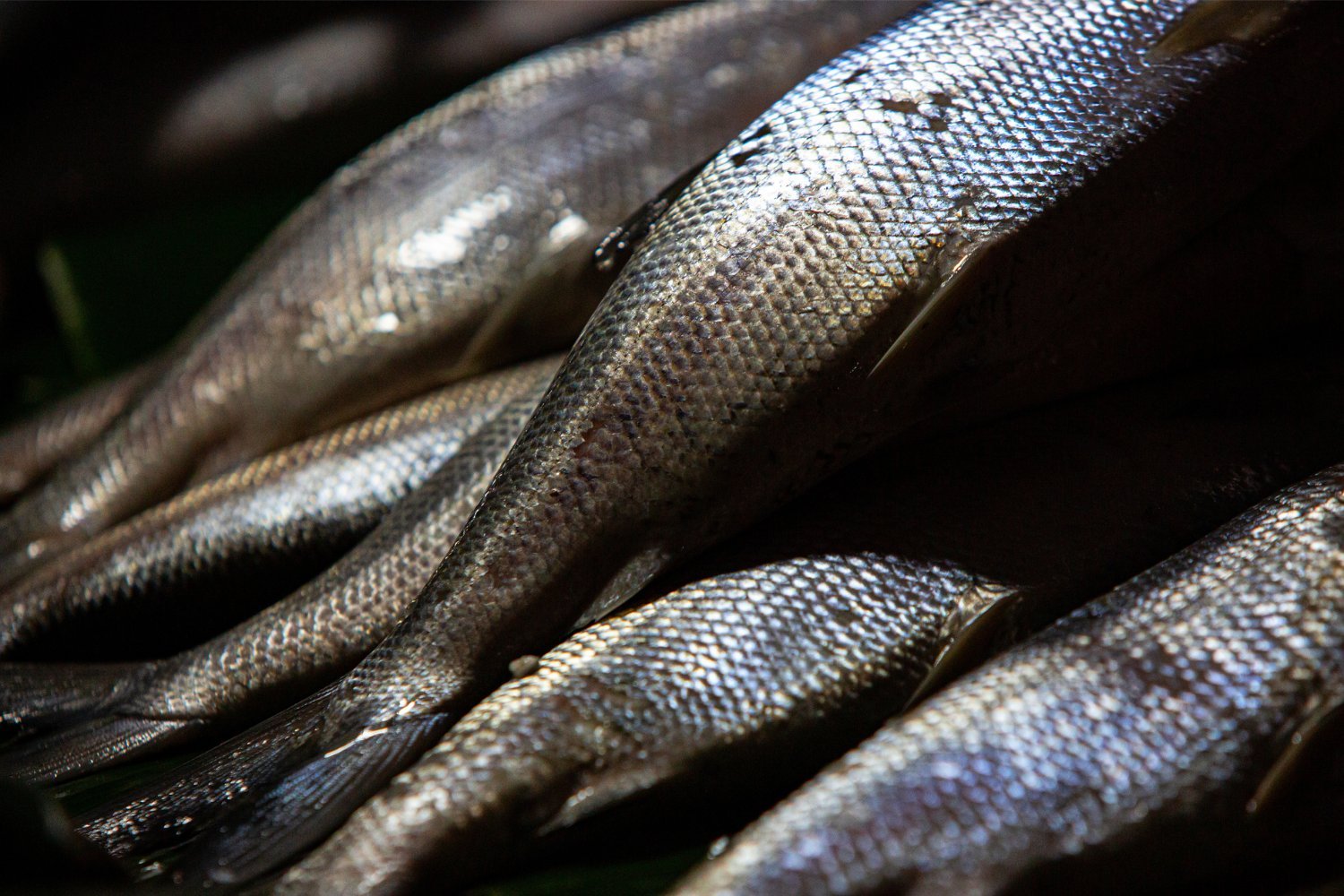Louisiana health officials confirmed the first U.S. death from the H5N1 bird flu virus on Monday. This marks a significant development since the virus began spreading among U.S. cattle in early 2024.
The deceased patient, over 65 and with underlying health conditions, contracted H5N1 after exposure to both backyard poultry and wild birds, according to the Louisiana Department of Health’s statement. While officials emphasize no evidence of human-to-human transmission exists, concerns about the virus’s potential to mutate and spread between humans remain. Out of respect for the family, this will be the final update regarding this specific case.
Understanding the Current Outbreak
The current H5N1 outbreak differs in severity depending on the source of infection. While most U.S. cases have been mild and involved farmworkers exposed to infected cattle, the Louisiana case indicates a more severe form of the illness linked to backyard poultry.
The CDC’s bird flu tracker identifies ten states with confirmed human cases: California, Colorado, Iowa, Louisiana, Michigan, Missouri, Oregon, Texas, Washington, and Wisconsin. Intriguingly, two cases in California and Missouri originated from unknown sources, with no connection to farm animals.
 Bird Flu Tracker Cases
Bird Flu Tracker Cases
Additional probable cases with unknown sources are under investigation in Washington, Arizona, California, and Delaware, awaiting confirmation through testing. California, with the highest number of cases, faces a backlog due to reported understaffing at its primary bird flu testing lab, as highlighted by the L.A. Times.
Global Perspective and Preventative Measures
While countries like Finland are proactively vaccinating farmworkers against bird flu, the U.S. has yet to implement a similar strategy. This first U.S. fatality follows a previous death in Mexico in May 2024, involving a patient with no known exposure to farm animals and underlying health conditions.
The Louisiana Department of Health recommends several precautions to minimize the risk of infection, including:
- Thoroughly cooking meat and poultry.
- Avoiding raw milk and cheese.
These measures are crucial, as bird flu can persist in raw milk for up to five days. The recent death of a cat in Oregon from consuming raw food underscores the virus’s potential to affect pets.
Protective Measures Against Bird Flu
Further preventative measures include:
- Avoiding contact with sick or dead animals and their droppings.
- Keeping pets away from potentially infected animals and their feces.
- Ensuring proper cooking temperatures for poultry, eggs, and other animal products, and preventing cross-contamination.
- Avoiding unpasteurized raw milk or cheeses from potentially infected animals.
- Consulting with healthcare providers about seasonal flu vaccinations for those working on poultry or dairy farms, which, while not preventing bird flu, can reduce the risk of co-infection.
These precautions are essential given the ongoing uncertainty surrounding H5N1 and its potential to evolve into a pandemic. While the future remains unclear, taking these preventative steps can help mitigate individual risks.











